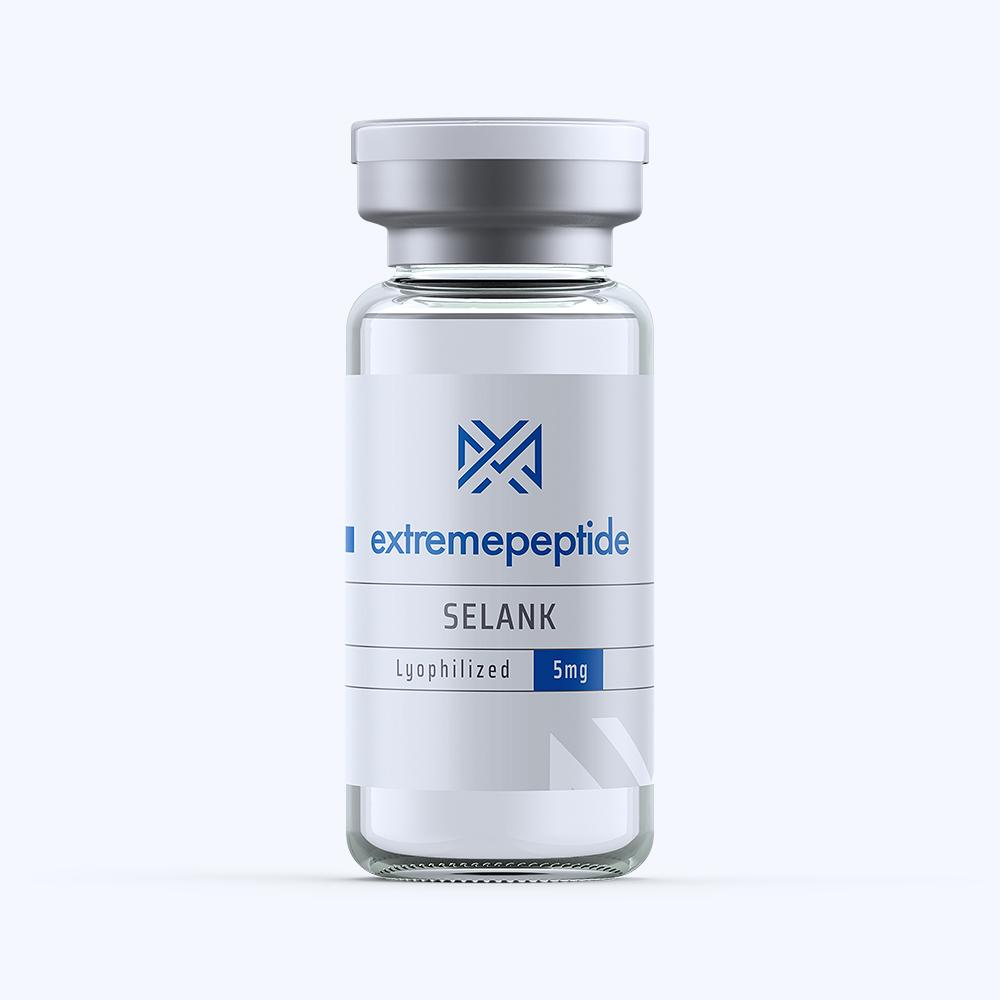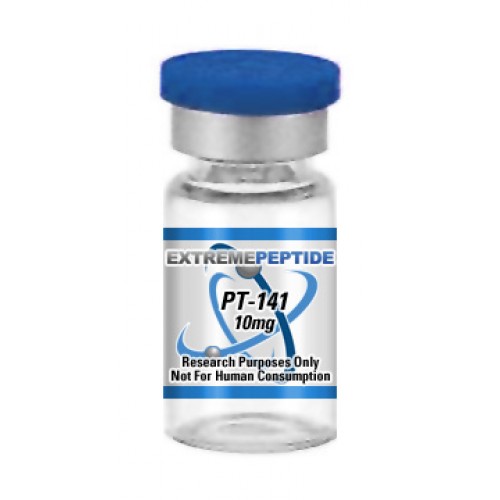
Selank and BDNF
Scientific study based on animal test subjects has determined that there has been a link between Selank and brain-derived neurotropic factor, also known as BDNF. This particular protein, which is encoded by the BDNF gene, is determined to be part of the neruotrophin family of growth factors, which in turn are linked to the canonical Nerve Growth Factor. Studies that have been built around the hippocampus of rats (that is, the part of the brain responsible for processing spatial navigation and consolidating information from short-term memory to long-term memory) have shown that the presence of the peptide can cause a rapid boost of the expression of the protein. This increased boost can theoretically improve the following processes:
- Survival support of existing neurons
- Growth and differentiation of new neurons
- Growth and differentiation of new synapses
Ultimately, an increase in BDNF could lead to a more stabilized means of processing and retaining long-term memory. As such, it has been thought that the presence of Selank could be an effective aid in the ongoing study of certain memory impairment-related conditions, such as Alzheimer’s disease.
Properties of Selank
Typically, Selank is presented in the form of lyophilized powder; that is, a powder that has been freeze-dried. In terms of solubility, the peptide has been determined to be soluble in either water or in 1% acetic acid.
Because it is delivered to laboratories or research centers in a lyophilized state, it is thought that the peptide should be stored desiccated at a temperature below -18 degrees Celsius. Upon the peptide’s reconsititution, re-storage depends on the interval of time it will be out of storage. If it is going to be re-stored within a time interval of 2 to 21 days, it should be stored at 4 degrees Celsius. It if is going to be re-stored for a length of time beyond the 21 day time frame, it should be stored at below -18 degrees Celsius.
In terms of Selank administration, it should be noted that the peptide cannot be introduced orally. The reason for this is because it is a peptide that would be hydrolyzed and in essence broken down to its base amino acids within the animal test subject’s gut.
In the latter form of administration, it is important that Selank is dissolved into a soluble substance that will not interfere with the peptide’s overarching functionality. It has been shown that the peptide, when administered in this manner, is quickly absorbed by the animal test subject’s nasal mucosa, and ultimately the blood plasma, where it is carried throughout the test subject’s vascularized organs.
Selank and Anhedonia
Although there have been no major negative side effects associated with Selank, there has been some ongoing scientific study on animal test subjects that has set out to determine whether or not the absence of the peptide could be linked to anhedonia after the testing period. Anhedonia essentially is defined as the reduced ability to experience pleasure, and it has been thought that because Selank has been linked to improving various forms of cognitive thought, it has been theorized that the animal test subject can experience a lack of motivation once the peptide wanes. With this being said, the results of this theory are currently inconclusive, as there is currently a lack of long-term data to support this hypothesis one way or the other.
Purchasing a Peptide Such as Selank
There are in essence three basic metrics that should always be at the forefront of the purchase of any peptide such as Selank.
The first metric is the assurance of the peptide’s purity level; specifically, the higher the purity in this case, the better the peptide. A lower purity percentage peptide may cause an increase in research variance, which could end up compromising the overarching integrity of the research data.
Secondly, it is always a good idea to ensure the proper amount of peptide that is needed for the duration of the research. This does require the person conducting the study on animal test subjects to have a solid bead on what goals are being set out to meet. Anything else ordered that goes beyond this set parameter would be considered a waste of peptide.
Finally, it is always important to double check with the supplier to make sure that the proper research materials with the peptide are being delivered. This simple step will go a long way in eliminating the guesswork about a peptide’s administration or storage properties once it has been received.
Click here to read Selank – Part 1
Click here to view / download PDF


 PT-141 (Bremelanotide) is a research cyclic peptide whose scientific study on animal test subjects is primarily tied to potentially positive effects relating to hemorrhagic shock and reperfusion injury. It contains a molecular mass of 1025.2, and carries a molecular formula of C50H68N14O10. It also has a half-life of 120 minutes.
PT-141 (Bremelanotide) is a research cyclic peptide whose scientific study on animal test subjects is primarily tied to potentially positive effects relating to hemorrhagic shock and reperfusion injury. It contains a molecular mass of 1025.2, and carries a molecular formula of C50H68N14O10. It also has a half-life of 120 minutes.